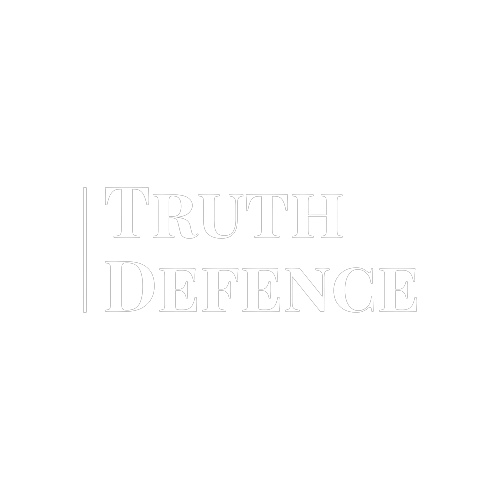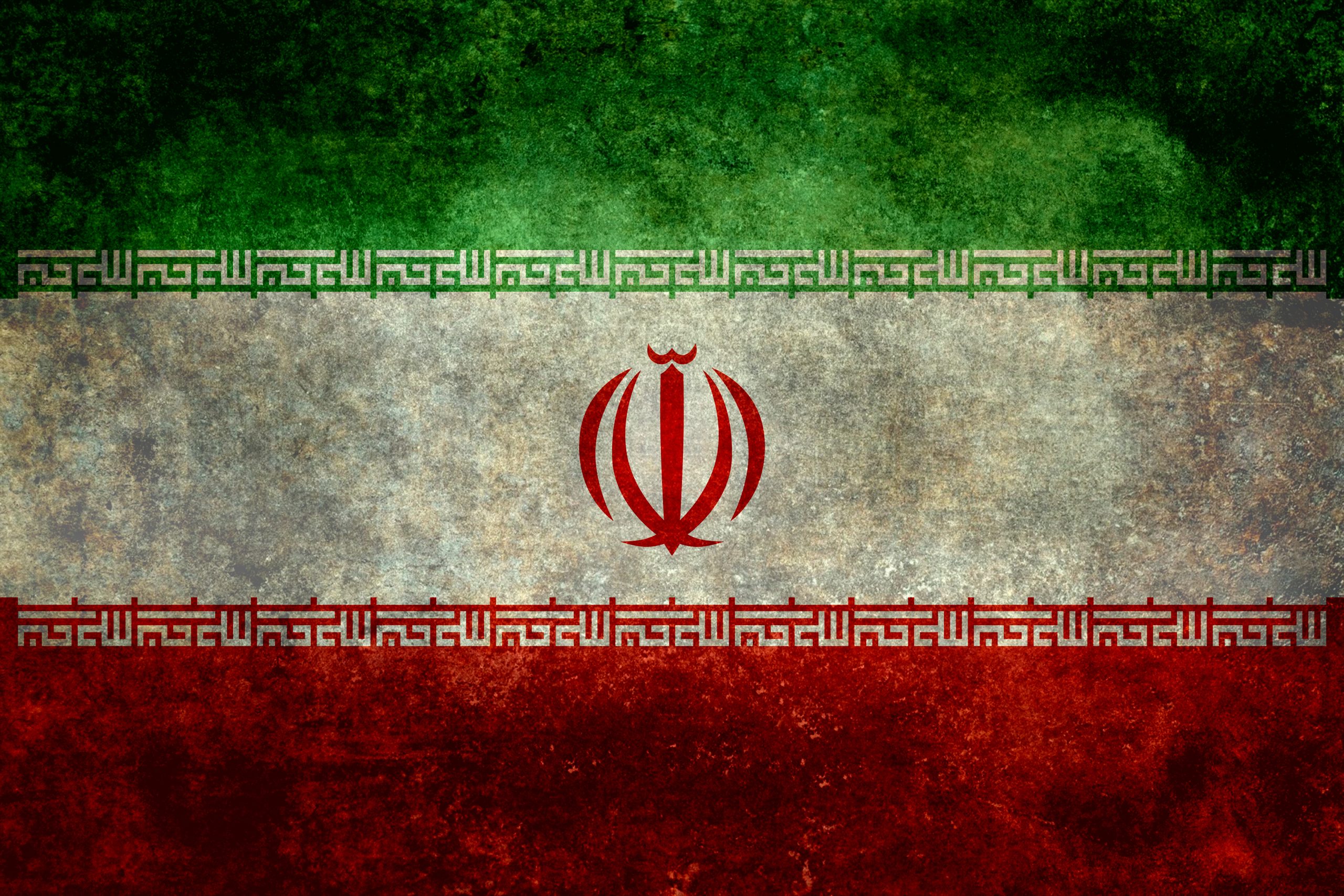An estimated 15,000 people have been arrested in Iran during nationwide anti-government protests, sparked by the death of Mahsa Amini, 22, who was killed in police custody after being arrested by Iran’s ‘morality police’, allegedly for wrongly wearing her Hijab. So far 2,000 have been officially charged and eight have been sentenced to death, while roughly 326 protesters have been killed, including 43 children. Iran’s parliament recently voted in favour of harsh punishments for protesters, while 13,000 people are still waiting to be charged and sentenced. The majority of Iran’s political prisoners are being held in harrowing conditions in Evin prison, located in northern Tehran, which gained its notoriety during the 1979 Islamic revolution when thousands of prisoners were tortured and executed there.
In the 1980s, Evin was just one of hundreds of prisons across Iran where an untold number of political prisoners were executed on mass, with the total number to this day still unknown but estimated to be anywhere from 20,000 – 30,000 people. Many of them for left-wing ideology, many others for their support of the People’s Mojahedin Organization of Iran (the Mojahedin), a prominent opposition group now based in Paris. Evin prison has become as much a symbol of authoritarian rule as it has an apparatus for Iran’s security services as mass surveillance, violent oppression and the elimination of its critics has become the government’s central strategy for ensuring its political survival.
This is as much the case for exiled Iranians as for those residing in Iran, as the long reach of the Iranian regime means that since the Islamic revolution in 1979, the crackdown on dissidents has been felt far beyond Iran – the assassination of the former Shah’s nephew outside his home in Paris in December 1979 would be a sign of what would follow in the decades to come as exiled dissidents were murdered or forcibly disappeared, only to remerge in the custody of Iranian security forces or in some cases, not at all.
The Chain Murders
In the period 1988-98, more than 80 Iranian intellectuals who had been critical of the Iranian regime were murdered or disappeared in what is now known as “the Chain Murders”, though the full extent these murders is still unknown. It wasn’t until 1998, during the ‘Tehran Spring’, when Iranian journalists enjoyed a period of relative freedom, that the connection between the murders was finally revealed. Following the murders of six dissidents in Tehran, journalists began to link the killings to the disappearance and murder of 80 others in the preceding decade.
The Chain Murders began on the evening of 22 November 1998 when Dariush Forouhar, 70, and his wife Parvaneh Forouhar, 59, were stabbed to death in their home in southern Tehran. Dariush Forouhar was the founder of The Nation of Iran Party, a small opposition party that advocated for a secular democracy in Iran. In the following weeks the writer and poet Mohammad Mokhtari, 56 was found strangled and writer, sociologist and translator Mohammad Jafar Pouyandeh, 44, was also found strangled.
In 1999, under pressure from the press, Iran’s Ministry of Intelligence admitted to the four of the killings in a press release, which it blamed on “rogue agents”. Numerous intelligence agents were arrested, including Saeed Emami, the former Vice-Minister of Intelligence. It was later claimed that he took his own life in Evin prison though it is believed that he was likely killed to prevent him from revealing information that he held about senior officials in relation to the murders.
In 2001, three intelligence agents were sentenced to death and another 12 jailed for life for the murder of Dariush and Parvaneh Forouhar, Mohammad Mokhtari and Mohammad Jafar Pouyandeh. Though interference from Iran’s Supreme leader Ayatollah Khamenei, the refusal to acknowledge the deaths and disappearances of 80 others and the decision to hold the trials in private, in the absence of lawyers and family members, provoked suspicions that the trials were not intended to uncover the truth but had been coordinated to cover a wider campaign of state-sanctioned killings intended to stifle dissent.
Despite the clear the systemic links between the killings, this has never been fully investigated and many are still unsolved. At least 24 Iranians where killed or abducted outside of the country and it is believed that the method of murder was intentionally varied to make it seem as though they had no connection – all had spoken out against the Islamic Republic.
2011 – 2021
Iran has a long history of targeting dissidents or perceived enemies by way of surveillance, abduction or assassination in plots planned and carried out around the world, but operations such as these appear to have increased over the past decade. This according to a recent dataset by the Combatting Terrorism Centre (CTC) which draws on an open-source dataset of 98 cases from December 1979 through to December 2021 and identifies at least 22 plots against dissidents over the last decade.
One of the most high profile cases was the 2018 plot to bomb the rally of Iranian opposition group, the People’s Mojahedin Organization of Iran, which was held in Paris and attended by the British former senior minister Theresa Villiers, who was attending the rally in support of a constituent whose wife was murdered in Iran, as well as Donald Trump’s former lawyer Rudy Giuliani. Last year, a Belgian court sentenced Iran diplomat Assadollah Assadi to 20 years in prison for his role in organising the bombing. Iran claims the plot was a fabrication.
The increase in Iranian external operations targeting dissidents appears to be particularly prevalent in the latter half of the decade. Between 2017 and 2021 a series of political movements and demonstrations in Iran responding to years of recession, largely the result of economic sanctions, presented the biggest challenge to the Islamic Republic since the 1979 revolution. An estimated 1500+ people were killed and numerous Iranian activists and journalists living abroad were targeted and at least six murdered.
In 2017 Ahmad Mola Nissi, the leader of the Arab Struggle Movement for the Liberation of Ahwaz (ASMLA) – an opposition group that has sought to establish an independent state inside Iran – was shot dead in the Netherlands. In 2018, the Danish security services accused the Iranian intelligence of plotting the assassination of the successive ASMLA leadership on Danish soil, arresting a Norwegian-Iranian man in October 2018.
In 2019 Iranian dissident Ruhollah Zam, who ran a Telegram channel dispersing information to Iranians protesting the regime, was executed. Zam had been given refugee status in France when he was lured to Iraq and then kidnapped by Iranian security forces or those working for them. In 2019, Masoud Molavi Vardanjani was shot dead in Istanbul, after publishing documents on his Telegram channel “Black Box”, which accused Iran of assassinating opposition figures and financial corruption. Earlier this year 14 people who are believed to involved in the killing were handed sentences in Turkey and a further 13 people were arrested over the kidnapping of Habib Chaab, one of the founders of ASMLA. Chaat who was living in Sweden was convinced to fly to Turkey, where he was drugged and kidnapped by a network working for Iran’s security services, before he was taken to Iran.
Iran’s surveillance network consists of a combination of dual national and foreign nationals and according to the CTC, “In a few cases, Iran outsourced some operational activities to criminal organizations, mostly in the past few years. In seven cases—six in the past decade—Iran contracted criminals to carry out surveillance or execute plots.” According to the dataset, Iran’s assassination plots have involved surveillance using a combination of Iranian operatives and proxies. In the last decade its surveillance operations have more frequently included non-Iranian operative or locals.
In 2021, the US Department of Justice foiled a plan to kidnap prominent Iranian-American journalist, author, and women’s rights activist, Masih Alinejad at her home in Brooklyn, New York. They claim that four Iranian intelligence officials had been plotting to kidnap Alinejad as well as four others in Canada and Britain. In July this year, police arrested a man named Khalid Mehdiye, who had been caught trying to enter her home in New York and was later found with an AK-47 and 100 rounds of ammunition in his car.
The FBI recently revealed that both Iran and China are using private investigators who are hired under false pretences to spy on dissidents living in the US. In a recent article by The New York Times a private investigator revealed how he was hired to surveil Masih Alinejad, under the pretence that he had been hired by an international client to chase down a debtor who had fled Dubai.
Threats to journalists residing in Britain
In the last year, the Iranian government has attempted to kill or kidnap at least ten people residing in the UK that it considers “enemies of the regime”, MI5 Director General Ken Callum revealed in November. And last week Iran’s most senior diplomat in Britain was summoned by the Foreign Office as it emerged two British-Iranian journalists for the Persian language news channel Iran International, which is headquartered in London, had been warned of a possible risk to their lives.
The channel’s parent company Volant Media said the journalists had received “death threats from the Islamic Revolutionary Guard Corps.” Iran has dismissed the claims as “ridiculous”, but Iran’s Intelligence Minister Esmail Khatib said in a recent interview “The (Iran) International TV is recognised as a terrorist organization and its agents will be pursued by Iran intelligence officers, and from now on any relation with that terrorist agency will be regarded as involvement in terrorist activities and moves against Iran’s national security,” as reported by Iranian state news publisher, IRNA.
In September, renowned blogger and human rights activist, Hossein Ronaghi was arrested live on air with Iran International, as security forces raided his home in Tehran. Ronaghi, who is a contributor to the Wall Street Journal, is regarded as one of the most fearless critics of the Iranian regime still residing in the country. His family has said that he is unable to walk because of the torture he has endured during his detention at Evin Prison and his health has deteriorated after going on hunger strike more than 50 days ago. He is one of dozens of journalists who have been arrested during the ongoing anti-government protests.
Last month The Sunday Times reported that, in recent months, hundreds of journalists and political activists residing in the UK had in received letters from counterterrorism police warning that due to their criticism of the Islamic Republic, they may be targeted. The Metropolitan Police is now stationed outside Iran International’s London headquarters and Masih Alinejad is living in hiding while continuing to report on the ongoing protests – it’s a huge price to pay to exercise free speech and ultimately this is the goal, the fear of being killed or ending up in Evin prison is the tool that the Islamic Republic wields to intimidate Iranians across the world into silence.

